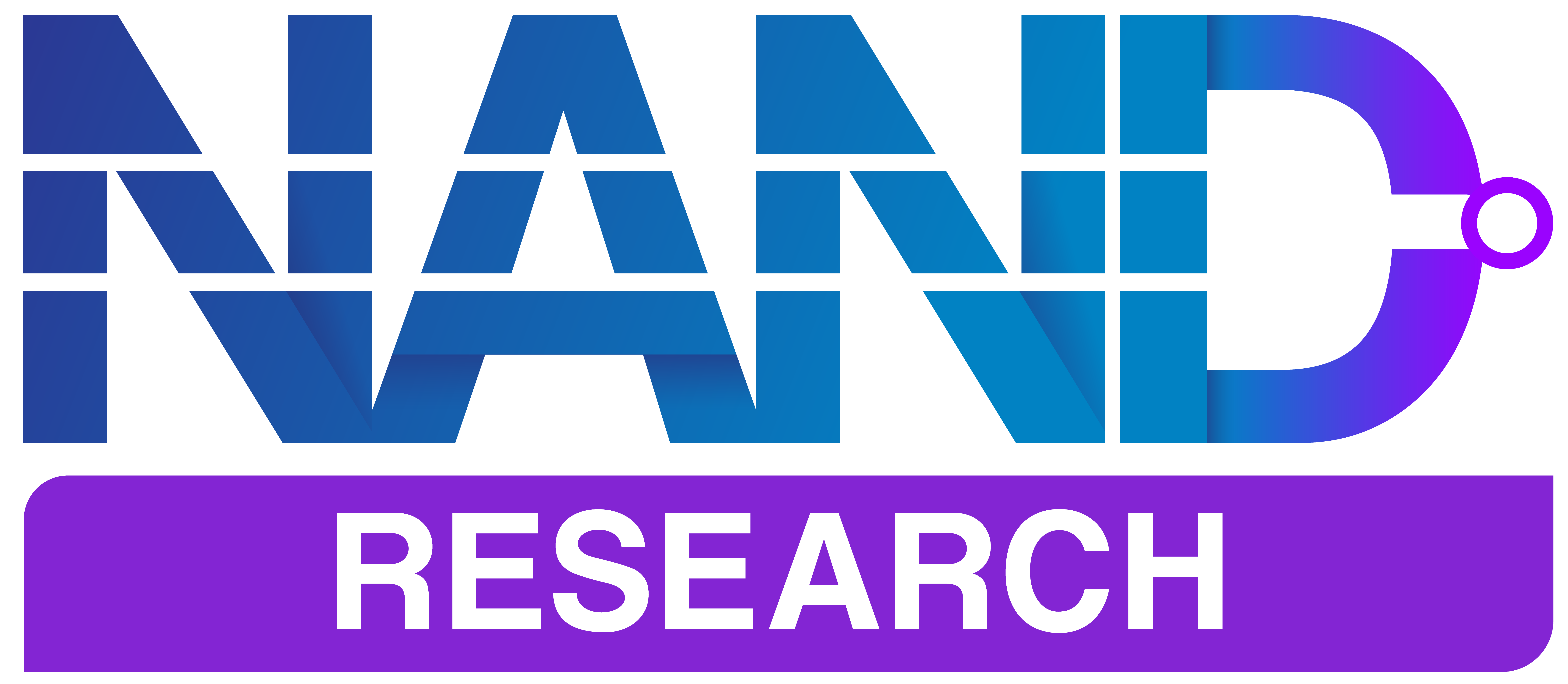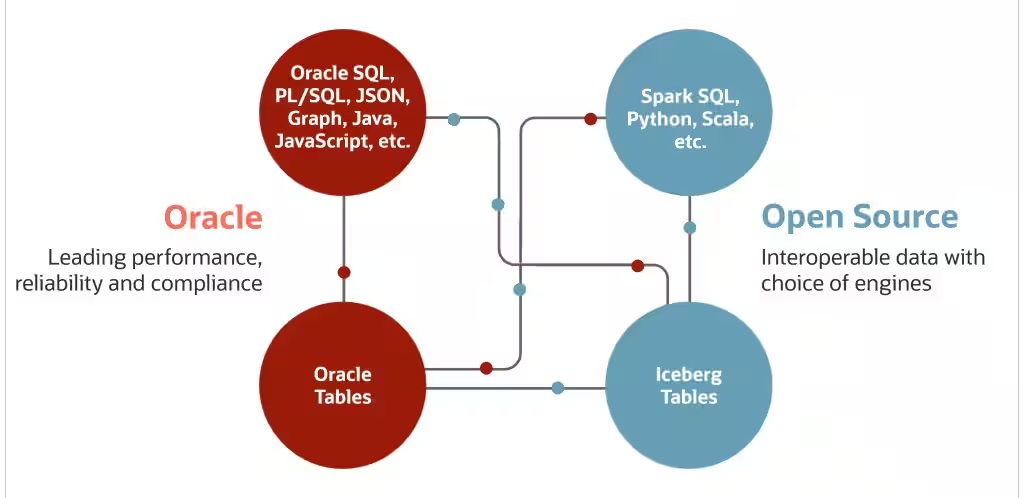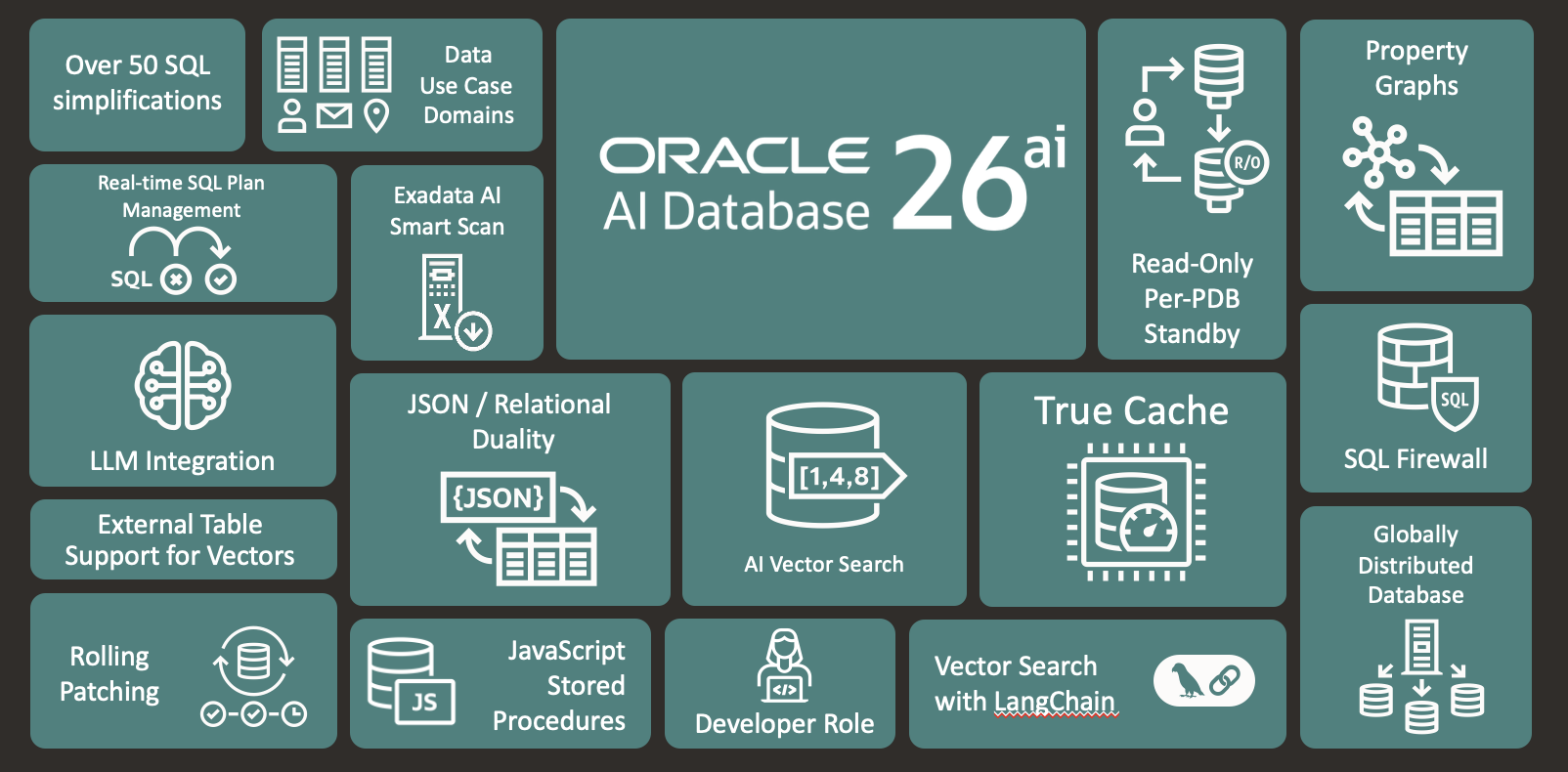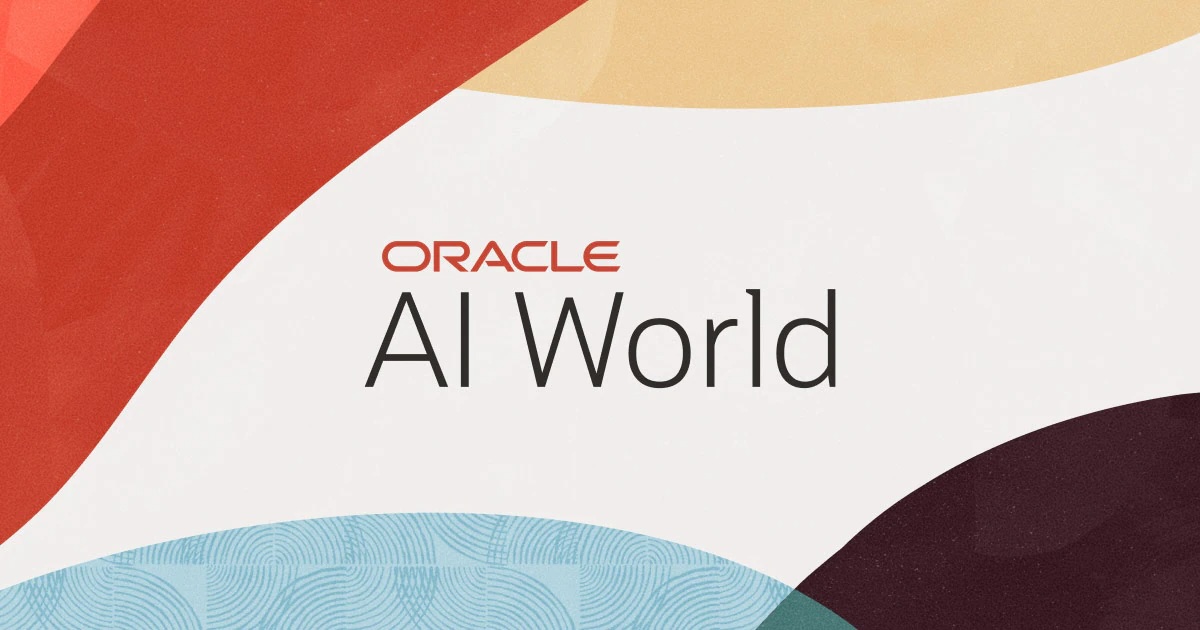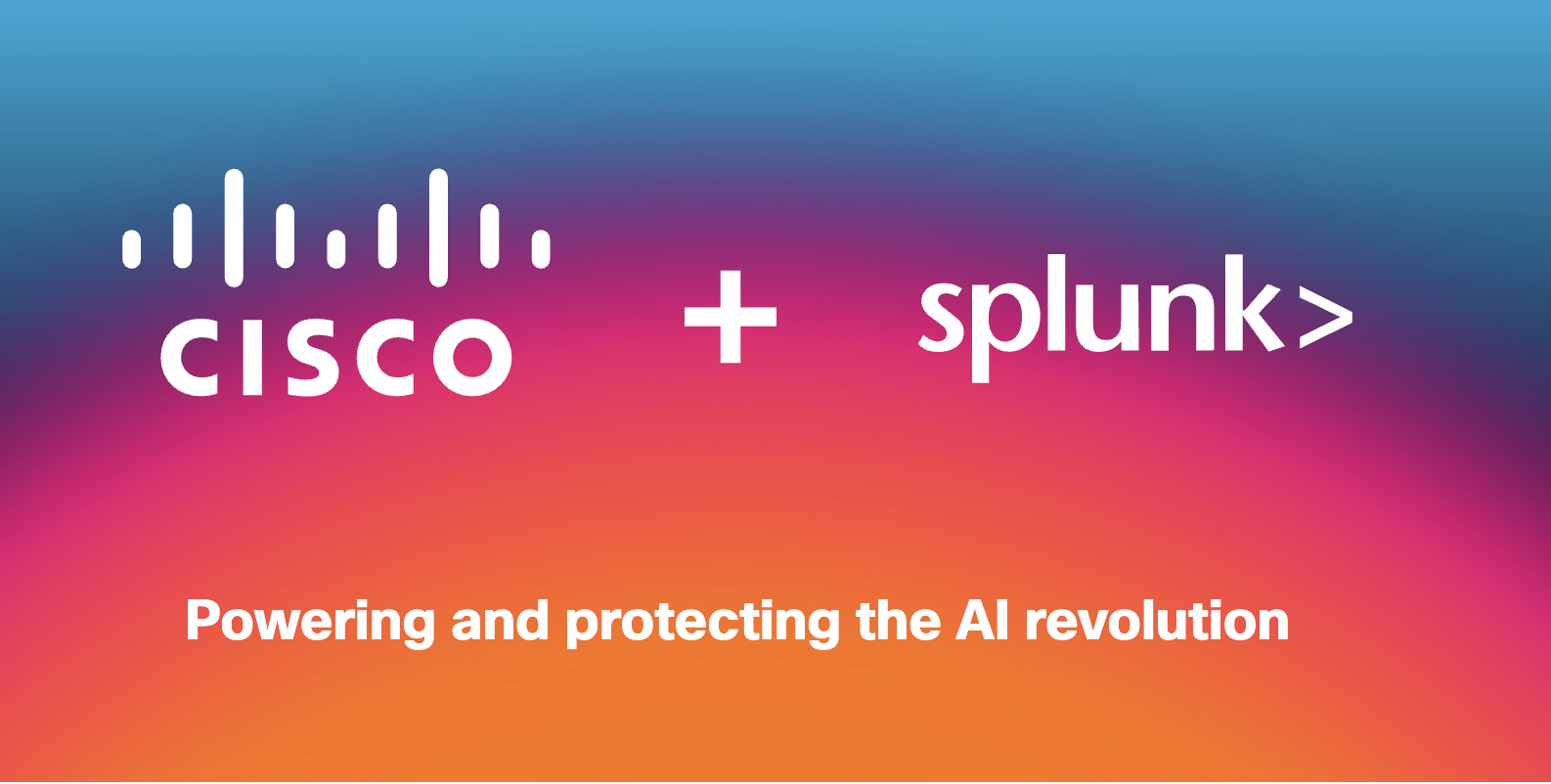Oracle recently announced its Oracle Autonomous AI at its Oracle AI World event in Las Vegas. The new offering combines Oracle’s Autonomous AI Database platform with native Apache Iceberg support. The offering addresses persistent enterprise challenges around data lock-in and platform interoperability by providing standardized access to data across multiple clouds and catalogs.
Available on OCI, AWS, Microsoft Azure, Google Cloud, and Exadata Cloud@Customer, the platform targets organizations seeking to maintain vendor optionality while leveraging Oracle’s database capabilities for analytics and AI workloads.
Oracle positions the offering as a “lakehouse without compromises,” delivering Oracle Database performance characteristics while supporting open table formats.
The release includes new catalog federation capabilities and performance acceleration features specifically designed for object storage queries, as well as enhancements to Oracle’s Select AI framework for natural language data access.
Technical Details
Oracle Autonomous AI Lakehouse is an architectural evolution of the company’s Autonomous Data Warehouse, retaining the full Oracle AI Database feature set while adding Apache Iceberg-native capabilities.
Incorporating Iceberg eliminates traditional tradeoffs between proprietary platforms and open table formats, though actual performance characteristics will vary based on workload types and data access patterns.
Catalog and Metadata Management
The new platform introduces the Autonomous AI Database Catalog, which Oracle describes as a “catalog of catalogs” that provides unified metadata access across heterogeneous environments.
This component addresses a legitimate pain point in multi-platform data architectures where metadata fragmentation creates discovery and governance challenges.
The catalog supports connectivity to:
- Databricks Unity Catalog
- AWS Glue
- Snowflake Polaris
- Apache Gravitino
Oracle implements what it calls “Plug-and-Play SQL access” through new SQL syntax that queries external catalogs directly. This enables zero-movement data access.
Organizations should expect performance variability when querying remote Iceberg tables compared to data stored within Oracle’s managed infrastructure.
Performance Optimization
Oracle addresses the well-documented performance challenges of querying data in object storage through two distinct mechanisms: the Data Lake Accelerator dynamically allocates additional network bandwidth and compute resources during query execution against Iceberg tables and object store data.
The Exadata Table Cache provides an alternative optimization path by caching frequently accessed Iceberg data in Exadata flash storage. Oracle says this delivers “the performance of native Exadata tables,” which represent substantial performance improvements for repeated access patterns.
AI and Analytics Capabilities
Oracle extends its Select AI framework with two new components targeting different user personas.
Select AI Agent provides an in-database framework for building AI agents that can execute multi-step workflows using PL/SQL tools, REST APIs, and MCP (Model Context Protocol) servers. This architecture keeps agent logic and data co-located, potentially reducing latency and security exposure compared to externalized agent frameworks.
The Data Science Agent, which is still under development, will provide natural language interfaces for catalog search, data exploration, and insight generation.
The platform makes Oracle’s full analytics suite available for Iceberg tables, including:
- AI Vector Search for similarity-based retrieval in AI applications
- Property Graph Analytics for relationship analysis
- Spatial Analytics for location-based workloads
- JSON-Relational Duality Views for flexible data access patterns
- Machine learning model training and deployment capabilities
This delivers a genuine technical advantage over Iceberg implementations built on compute engines like Spark, which typically require separate tooling for these analytics modalities.
Data Integration Infrastructure
Oracle GoldenGate for Iceberg extends the data capture to stream data from operational and analytic sources directly into Iceberg tables. This addresses a legitimate integration gap, as many organizations struggle to efficiently populate Iceberg tables from transactional systems.
Table Hyperlink introduces a data sharing mechanism using temporary direct links that provide isolated table access without complex permission management.
While this simplifies certain sharing scenarios, organizations must evaluate whether this approach meets their governance requirements, particularly for sensitive data or regulated industries with strict access audit trails.
Impact to IT Practitioners
For on-premises operations teams, Oracle’s Exadata Cloud@Customer deployment option provides a path to adopt Iceberg without migrating to public clouds. This preserves existing skillsets and infrastructure investments while enabling participation in lakehouse architectures.
The integration with existing Oracle Database deployments simplifies certain operational aspects by consolidating monitoring, backup, and security tooling. Teams already skilled in Oracle administration can leverage familiar capabilities rather than learning entirely new platforms.
Hyperscaler Environments
Oracle’s multi-cloud support creates interesting dynamics for hyperscaler-deployed workloads. Organizations can query Iceberg tables on one cloud while running compute on another, enabling true multi-cloud data strategies without vendor lock-in. This addresses concerns for enterprises pursuing cloud diversity for resilience or negotiating leverage.
However, cross-cloud data access introduces network egress costs and latency penalties that may negate performance benefits. Organizations must carefully model data transfer pricing, as frequent cross-cloud queries could prove prohibitively expensive.
The ideal architecture likely keeps compute and data co-located within each cloud, limiting the practical benefits of Oracle’s multicloud positioning.
Practitioners must determine which catalog serves as the authoritative source for metadata and how to maintain consistency across federated systems. Query optimization becomes more complex when spanning multiple catalogs with different statistics and cost models.
Still, Oracle delivers a compelling blend of raw capability and flexibility.
Analysis
Oracle Autonomous AI Lakehouse is a sound response to enterprise demand for open table formats and multi-cloud flexibility. By combining native Iceberg support with Oracle Database’s mature analytics and AI capabilities, the company addresses legitimate concerns about vendor lock-in while leveraging its strongest technical assets.
The catalog federation approach and multi-cloud availability provide genuine architectural optionality that competitors struggle to match without compromising their own platform advantages.
Oracle’s entry validates Iceberg as the emerging standard for lakehouse architectures and raises customer expectations for catalog federation and cross-platform data access. This benefits the broader market by accelerating standardization and reducing vendor lock-in.
The company’s 40-year database platform heritage provides mature capabilities in areas where lakehouse-native vendors often struggle. Query optimization, transaction management, and security controls in Oracle Database have been battle-tested at scale.
Oracle’s new offering puts pressure on Databricks and Snowflake to expand multi-cloud support and catalog federation. Customers now have concrete alternatives, creating a competitive dynamic that promises to drive down costs and accelerate feature development as vendors compete for migration workloads from traditional data warehouses.
For enterprises with substantial Oracle Database investments, Autonomous AI Lakehouse offers a credible path to modernize data architectures without abandoning existing platforms. The ability to access Iceberg data from operational databases creates unique integration opportunities that justify evaluation despite higher costs.
Ultimately, Oracle’s lakehouse strategy succeeds in providing enterprise buyers with expanded choices and negotiating leverage in a market that desperately needs both. Oracle’s new Autonomous AI Lakehouse strengthens the overall competitive landscape and accelerates the industry’s transition toward truly open, interoperable data architectures.
Competitive Outlook & Advice to IT Buyers
Oracle enters a crowded lakehouse market where Databricks, Snowflake, and Google BigQuery have established a significant presence. Each vendor brings distinct strengths to Iceberg implementations, and Oracle’s differentiation rests primarily on its database heritage rather than data lakehouse innovation.
Let’s take a look.
These sections are only available to NAND Research clients and IT Advisory members. Please reach out to[email protected]to learn more.
